Cordero Receives Yes, If Award for Mission Security Approach
March 07, 2024
2-minute read
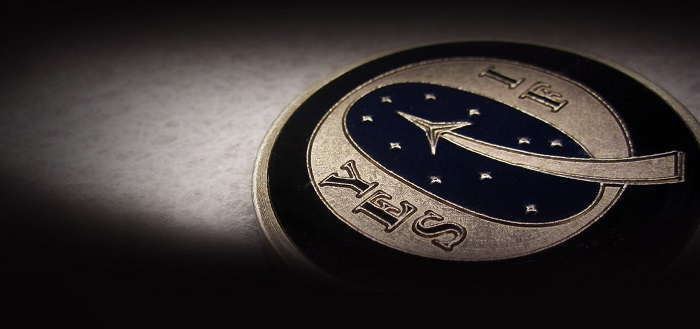
Manuel “Manny” Cordero, Information Technology security specialist for NASA’s Independent Verification and Validation (IV&V) Program and advisor for the agency’s Enterprise Protection Program (EPP), recently received a “Yes, If” coin for proactively increasing awareness about software security risks to protect NASA missions.
AIA Joint Strategic Quality Council Focuses on Lowering Barriers to Standards Adoption by Industry and Government
February 23, 2024
4-minute read
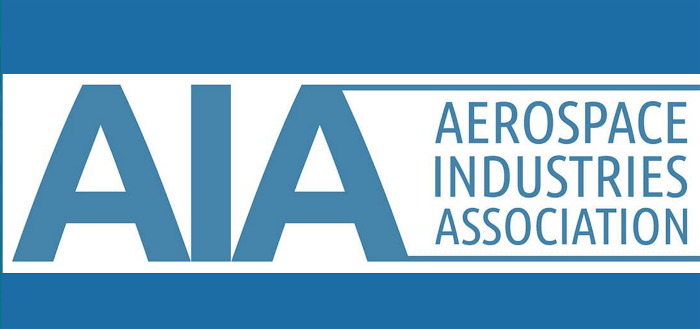
A reliable feedback channel provides crucial information for any high-functioning, continuously improving system. Process data and customer feedback are commonly used to refine manufacturing processes and quality management systems.
OSMA-Funded Research Provides Improved Methods for Fitness-For-Service Assessments of Ground-Based MLPVs
February 20, 2024
5-minute read
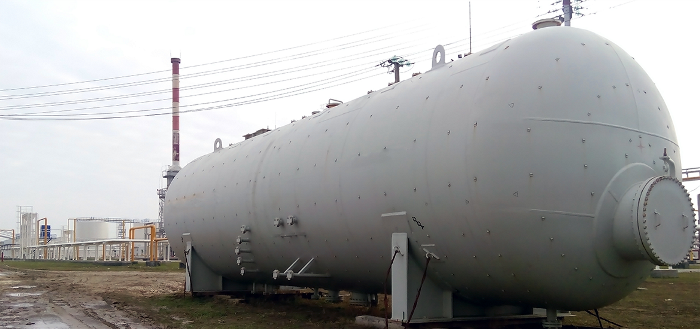
The Office of Safety and Mission Assurance is currently engaged in a multi-year program to develop continued use fitness-for-service approaches and sustainment logic for aging ground-based Multi-Layered Pressure Vessels.
ODQN: First Issue of 2024 Now Available
February 13, 2024
1-minute read
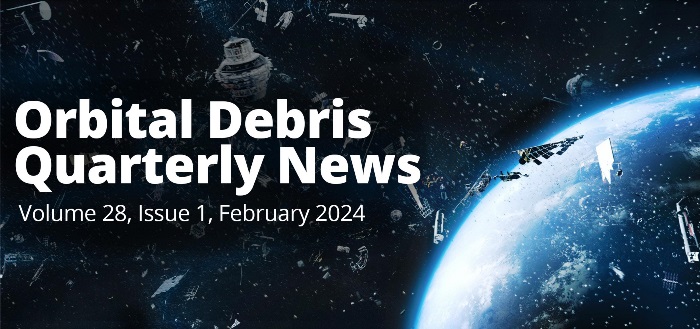
The February 2024 issue of Orbital Debris Quarterly News (ODQN) is now available.
October 2023 Issue of ODQN Now Available
November 14, 2023
1-minute read
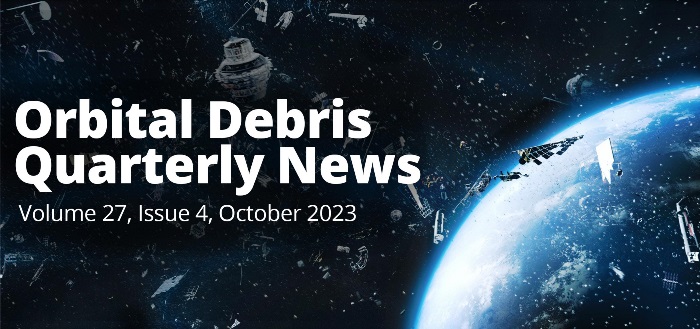
The October 2023 issue of Orbital Debris Quarterly News is now available.
Revised Range Flight Safety Course for Unmanned Aircraft Systems (UAS) Now Available
September 28, 2023
2-minute read
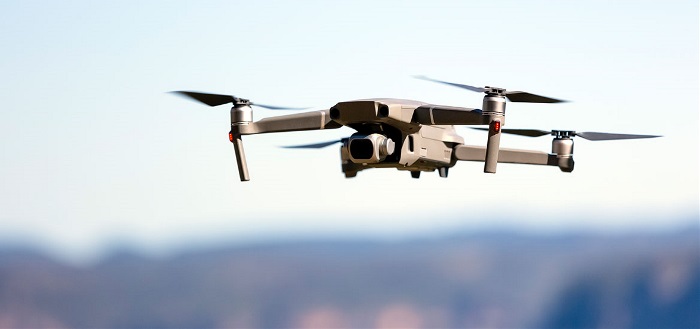
NASA’s Range Flight Safety program recently released “UAS Range Flight Safety” (SMA-AS-WBT-300) to address the Range Flight Safety aspects of flying Unmanned Aircraft System (UAS) at NASA.
OSIRIS REx Sample Return Doesn’t Pose a Risk to Earth’s Biosphere
September 08, 2023
2-minute read
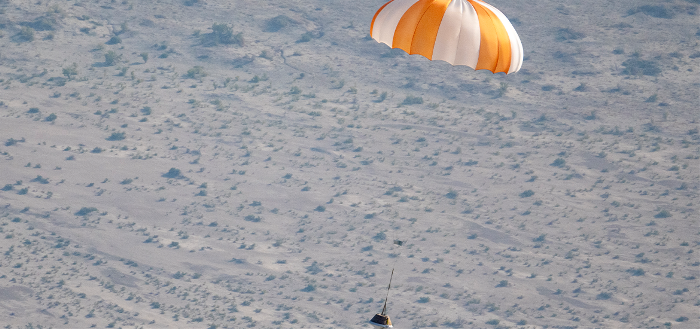
When OSIRIS-REx returns a sample of the asteroid Bennu to Earth on September 24, 2023, it will kick off a carefully orchestrated retrieval process. One thing the retrieval team won’t need to worry about is protecting Earth and its inhabitants from the sample.
August 2023 Issue of ODQN Now Available
September 06, 2023
1-minute read
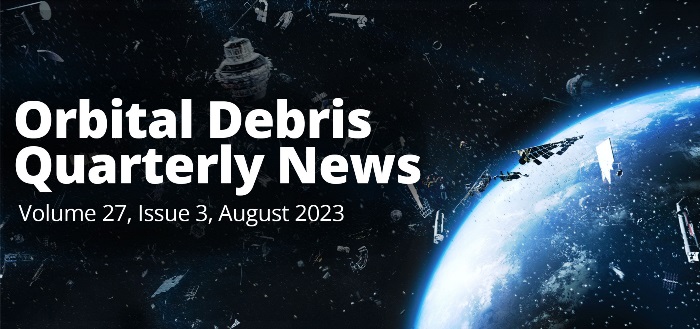
The latest issue of Orbital Debris Quarterly News is now available. See the latest updates as of August 2023.
Yes, If Coins Awarded at Ames
September 01, 2023
3-minute read

NASA Chief of Safety and Mission Assurance Russ DeLoach recently presented two “Yes, If” coins to Ames Research Center personnel while visiting the center for the SMA Directors Meeting.
Reynolds Receives Yes, If Coin for Commitment to Customer Service
August 25, 2023
2-minute read

NASA Chief of Safety and Mission Assurance Russ DeLoach recently presented a “Yes, If” coin to Kaci Reynolds, associate director for NASA’s Independent Verification and Validation Program, for her attention to detail, proactive approach and commitment to customer service.